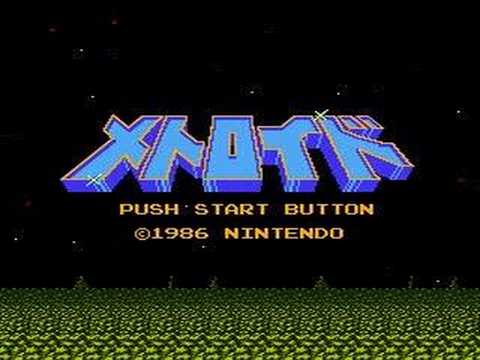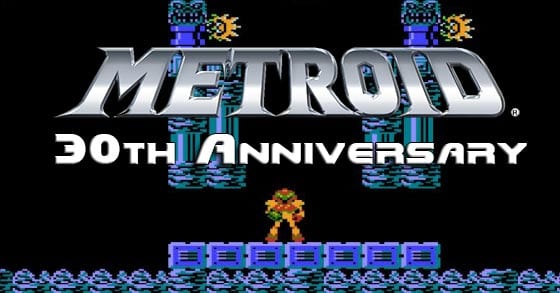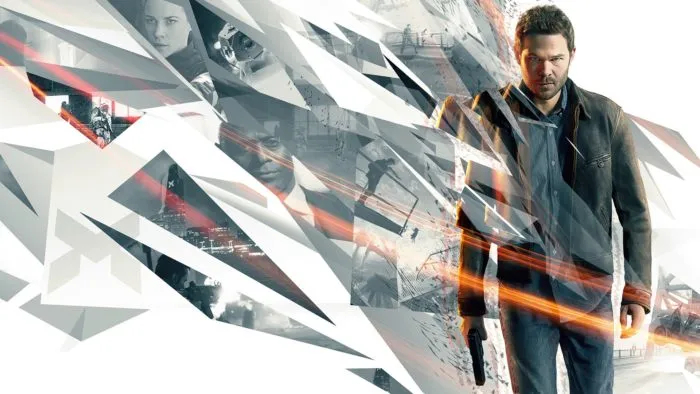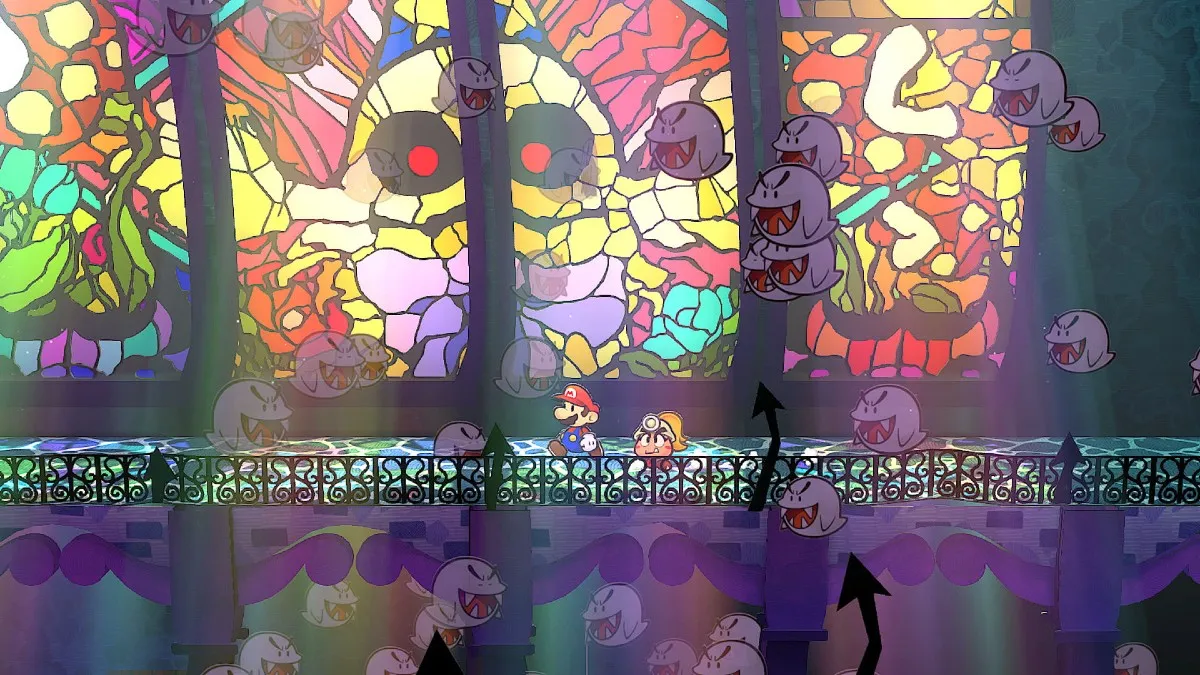The Beginning of the Legacy
You scurry across the alien rock, clutching your arm cannon with apprehension. The hum of the alarm in your ear informs you that you’re one blow away from death, and resources are scarce. Alien rock lines the hallways to a mysterious red door ahead. “One missile left,” you realize as you take aim at the door. The missile is the only way of getting through to the other side, but also one of your final means of defense. You shrug aside caution and loose the missile from within your arm. A breathe of relief escapes your lips as the red shade fades to gray and the door opens, a portal to dangers unknown.
Knowing full well that your next step may be your last, you enter the next area scanning the floors and walls for any signs of dangers. A hum in the air filtered through electricity buzzes in the darkness and a cold chill runs down your spine. The bio-weapon known as Metroid hovers menacingly above the cave floor. Thinking you’d be better off heading in the direction from whence you came, the door behind you slides shut, sealing your fate. Large mandibles extend from beneath its gelatinous body with hunger. Pure energy builds from within the confines of your cannon, but the usual comfort that charge brings is met with fear. The Metroid seems drawn to it. The creature darts through the air in a zig-zag formation and you realize you only have one shot. Despite the Varia suit’s warning, you steady your next shot and the glow of plasma blinds you to your fate.

The original Metroid released on August 6, 1986 for the Famicom Disk System. Thirty years later, it has been ported to several other consoles and seen spin-offs and sequels aplenty, for better or worse. For players all around the world, the word Metroid unearths memories of fantastic adventures, hidden power-ups, and Samus Aran. But ask Nintendo, and all you’ll like be met with is, Samus who?
Despite its lasting legacy and contributions to the gaming industry, even founding a sub-genre of games predicated on exploring every nook and cranny for power-ups coined Metroidvania, the franchise has all but drifted into the vast darkness of space. What was once one of Nintendo’s flagship titles has all but been relegated to a playable character in the latest Super Smash Bros. What does the obscurity of the franchise mean for the future of everyone’s favorite space bounty hunter? Is she doomed to be a nostalgic relic of the past or does Nintendo have something up its sleeve with the upcoming Metroid Prime: Federation Force and their next console, the NX?
Riding the wave of success of the Famicom Disk System, Super Mario Bros. and the Legend of Zelda, Nintendo was looking to innovate with their next big title from their in-house development teams, R&D1. Led by Satoru Okada and Yoshio Sakamoto, R&D1 looked to combine the platforming of Super Mario Bros. with the exploration and adventure aspect of the Legend of Zelda. Inspired by Ridley Scott’s sci-fi 1979 horror masterpiece, Alien and H.R. Giger’s art direction for the film, the team decided to set the game in space with an emphasis on exploring a desolate, alien planet punctuated by looming loneliness. Thus Metroid was born.
The game was met with critical reception, no doubt due in part to the game’s subversion of the traditional platformer. Thanks to Mario games, players everywhere had been conditioned to move to the right. But in Metroid, R&D1 reversed this expectation by allowing players to journey to the right, only to have them meet with a dead-end. To advance in the game, they’d have to retread old ground in order to make progress, whether it be through means of a new power-up or finding a hidden door.

As developers crafted the subterranean tunnels of planet Zebes, they realized the inner workings of the planet resembled the Metro tunnels they commuted to work in. And during development, the game featured an android avatar that would navigate the vast underground tunnels. The titular Metroid is a portmanteau of the two fundamental elements of the game: Metro and Android. As the developers play tested levels with this android, they began to think of the person inside the suit. During this postulation, developers felt the ding of an imaginary light bulb and asked,”Wouldn’t it be kind of cool if it turned out that this person inside the suit was a woman?” You can imagine everyone’s surprise when her identity became known, despite the instruction manual included with the game using the pronoun “he” in reference to Samus. It wasn’t so much an outright lie, as it was something simply lost in translation.




